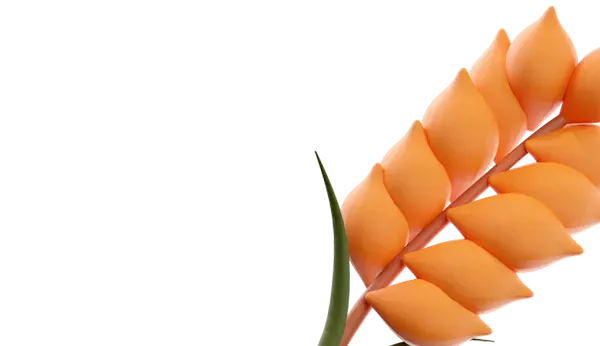Controlling weeds in a traditional vineyard mainly relies on the use of herbicides. However, excessive dependence on chemical agents can lead to environmental and evolutionary consequences, such as loss of biodiversity and development of herbicide resistance, resulting in a negative attitude towards the use of chemical substances.
As an alternative, mechanical weed control methods are used, such as soil cultivation, mowing, grazing, rotational hoeing, and mulching. However, the use of soil cultivation is declining due to ecological issues, prompting the implementation of resource-saving agricultural methods.
Electric weeding is an alternative method, and there are numerous technologies available on the market for electric weed control in agriculture.
The advantages of electric weeding include no residues of chemical substances in the environment, independence from precipitation, no risks during windy weather, and no possibility of chemical resistance development.
Disadvantages may include slow processing speed and high fuel consumption. The effectiveness of this method may depend on the type and morphology of plants, their age, as well as soil type and weather conditions.
The age and type of plants play an important role, as mature plants have greater resistance to electric voltage. Also, the type of soil can affect the current spread from plant roots.
A conducted study has shown that electric weeding represents a potential alternative to chemical methods, especially in Mediterranean climate conditions.
In Australia, autonomous machines, such as robots and tractors, are also being introduced for weed control in vineyards, partially compensating for the drawbacks of electric methods.
There is a potential for using electric weed control in vineyards, yet further research is needed to optimize its application.















